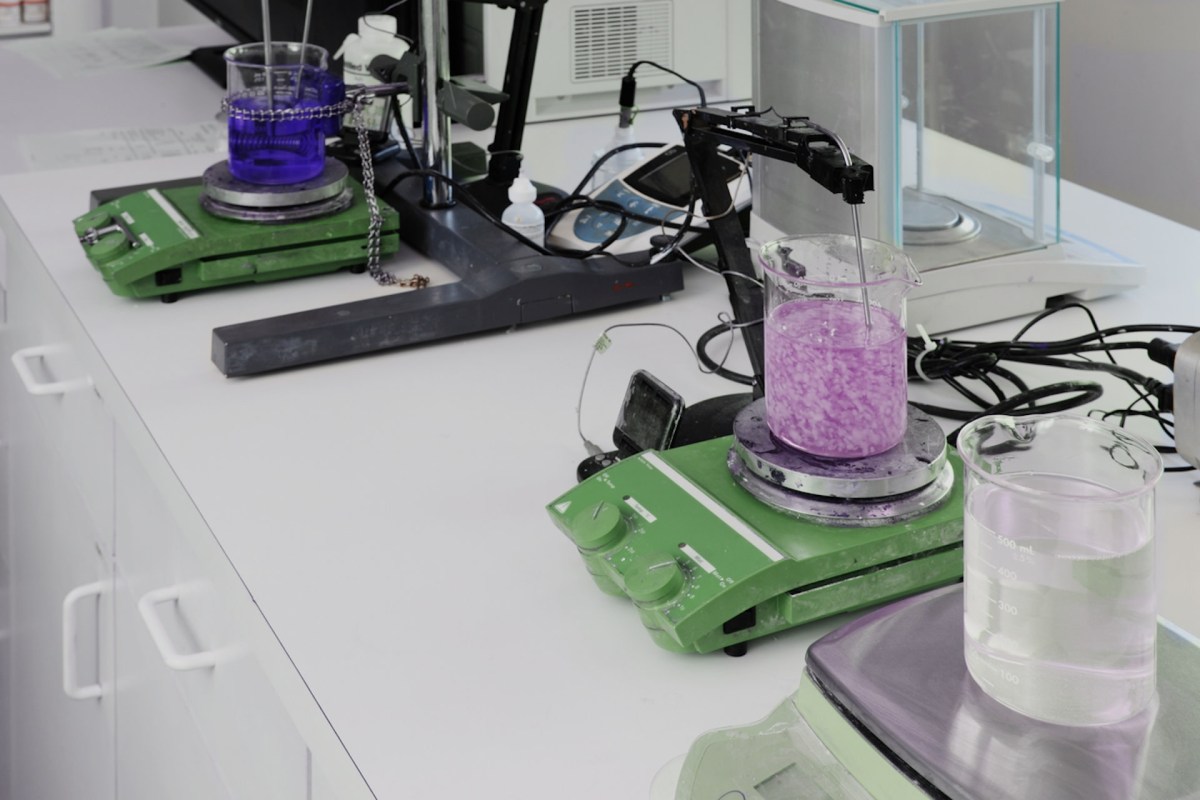Researchers at Sweden's KTH Royal Institute of Technology have designed a new system for storing thermal energy that builds on existing technology, improving efficiency by adding one surprising element: pebbles.
Currently, in state-of-the-art solar thermal energy systems, molten salt is used to store energy for long-term usage. However, as detailed by SolarPACES, commercial molten salt has constraints, including a limited operational temperature window and its corrosive nature. It is also used in fertilizers, meaning it can be expensive and difficult to obtain.
Conversely, pebbles are neither expensive nor difficult to acquire, and the KTH researchers found that they could be used in place of the molten salt, storing heat up to 1,472 degrees Fahrenheit (well above the 1,112 degrees Fahrenheit limit for molten salt) while attaining thermal efficiency over 90%, per SolarPACES.
In simpler terms, this breakthrough means that storing clean, renewable energy harvested from solar cells could become easier, cheaper, and more efficient — and that's good news for everybody.
As societies transition away from traditional dirty, polluting energy sources like gas and oil and toward clean, renewable sources like solar and wind, one of the most pressing issues at hand is how to best store energy for future use. Unlike gas, which can be stored easily and burned at any time, solar energy cannot simply be poured into a canister.
But scientists are hard at work developing solutions. Other researchers have designed systems that store thermal energy using liquid tin, hydrogen, and sulfur.
The scientists behind the pebble storage system are still facing challenges, including the additional electricity required to power it.
"Even if axial packed-beds are inherently cheap, as they may use air and rocks, ultimately the fact that you have to consume a lot of power just to get air down through it, and possibly in discharging periods when electricity is expensive, has been one of the main factors limiting their adoption," said Dr. Rafael Guedez, the head of the Heat and Power division at the KTH Energy department, as reported by SolarPACES.
Dr. Guedez and his team remain optimistic, however, that they can make the system commercially viable.
"Our research is applied, we work close to industrial stakeholders, both end-users and technology developers, and we are ultimately driven both by our motivation to support net-zero as well as to create tangible impact in society, both through our research and our educational programs, which are very much connected," he said.
Join our free newsletter for weekly updates on the coolest innovations improving our lives and saving our planet.









